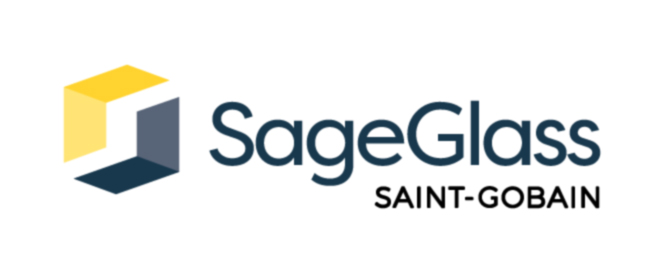As Temperatures Rise, The Global Cooling Problem Comes Into Focus

The need for space cooling has been increasing dramatically around the world, primarily driven by urbanization in developing nations and the increase of extreme heat across our warming planet. With 2023 on track to be the hottest year on record, building owners are seeing higher energy consumption, rising costs and growing concerns over resiliency in extreme heat events.
Although HVAC systems have become increasingly efficient, energy consumption from space cooling is rising too rapidly to sufficiently curb the estimated 40% of greenhouse gas emissions the CRE industry is responsible for worldwide. According to the International Energy Agency, “progress on efficiency and power sector decarbonization are not enough to curb the growth of emissions associated with rising space cooling demand.”
This fact, paired with growing calls for companies to make a greater commitment to their environmental, social and corporate governance goals, means building owners need to find more sustainable and resilient measures if they want to help the environment, comply with energy regulations that have been rolling out across the country and prepare their buildings for the future.
Jordan Doria, director of global marketing for smart window manufacturer SageGlass, said the cooling problem isn't getting enough attention from policymakers or the CRE community.
“The data from the IEA is clear: Efficient HVAC systems are not enough to combat climate change,” Doria said. “Combatting climate change from space cooling requires a climate-adaptive building envelope. Companies that are committed to taking their sustainability efforts seriously are incorporating climate-adaptive technology. They are reducing overall cooling demand, which provides energy savings and occupant comfort today while also helping to scale technologies that are needed to solve a global problem.”
Bisnow sat down with Doria to discuss why owners should be prioritizing sustainable technologies to benefit their buildings' future.
Bisnow: Why do you think the global cooling problem isn’t getting enough attention?
Doria: Part of the awareness gap can be attributed to the lack of a simple storyline for the solution. For transportation, the solution is electric vehicles. For the electricity grid, it’s renewable generation. For buildings, it’s electrify everything. For cooling, the solution is climate-adaptive building shells, which is an umbrella term encompassing multiple technology types. Smart windows are one such type.
There's also the misconception that “greening” the grid solves the problem. In fact, in some ways it makes it worse. Renewable energy generation is typically intermittent. Often, peak cooling demand is not the same time as peak solar generation or peak wind production. To manage peak cooling in summer months, utilities typically rely on fast-ramping generation sources, which today really means natural gas in the U.S. This isn’t just a big-picture grid issue; it has direct impacts on the CRE community.
Peak demand charges are nothing new, but they are becoming a larger component of utility bills. More utilities are using carrots and sticks, peak reduction incentives and peak surcharges, to address the peak load problem largely caused by space cooling. Employing climate-adaptive building shells is a way to address current and future realities.
Bisnow: Why should building owners consider implementing smart window technology?
Doria: Of all the climate-adaptive technologies, smart windows are among the most mature, but they also provide direct benefits to the occupants on Day One. An investment in smart windows allows building owners to create a marketable product by offering a unique sustainability and wellness amenity. From an occupant standpoint, the technology makes occupants more comfortable, happier and more productive and generally improves their experience.
The investment tax credit allows building owners to remove the upfront cost barrier of dynamic glass and provides a financial incentive for more people to adopt the technology. The inclusion of dynamic glass in the ITC is recognition of the importance of climate-adaptive building shells as part of tackling the climate change challenge, making the cost of smart windows close to cost-neutral or less expensive than conventional solutions.
Bisnow: How do SageGlass smart windows decrease operational carbon?
Doria: Smart windows automatically tint and clear in response to changing weather conditions and sunlight. By letting in more heat in the winter months and blocking it in the summer months, SageGlass decreases the dependency on HVAC systems and the need for blinds and shades.
While the seasons change, traditional building shells don’t, which is the core problem. For assets to maximize their energy savings and to be more resilient in a future that consists of wild climatic swings, you need to be looking at the building envelope first. To put a fixed envelope on a building is saying that it is not designed for the long term. SageGlass smart windows have proof of performance and provide a solution that can help with future-proofing the building.
This article was produced in collaboration between SageGlass and Studio B. Bisnow news staff was not involved in the production of this content.
Studio B is Bisnow’s in-house content and design studio. To learn more about how Studio B can help your team, reach out to studio@bisnow.com.

